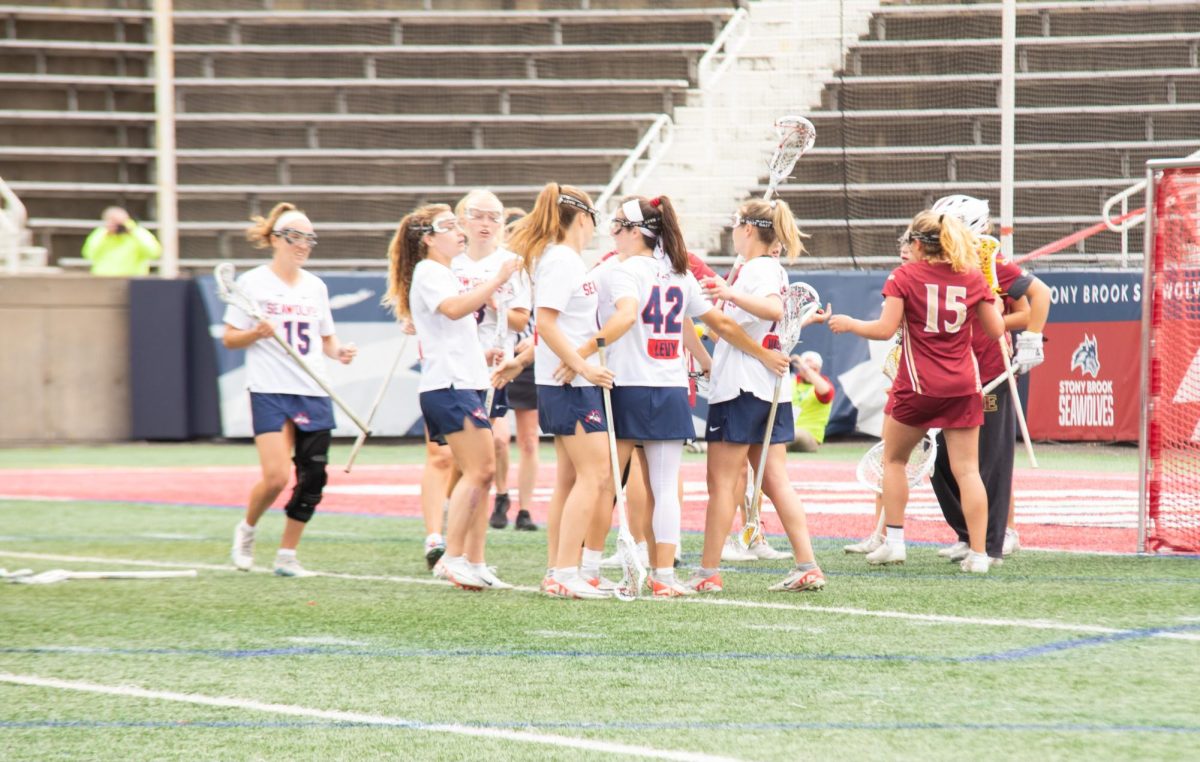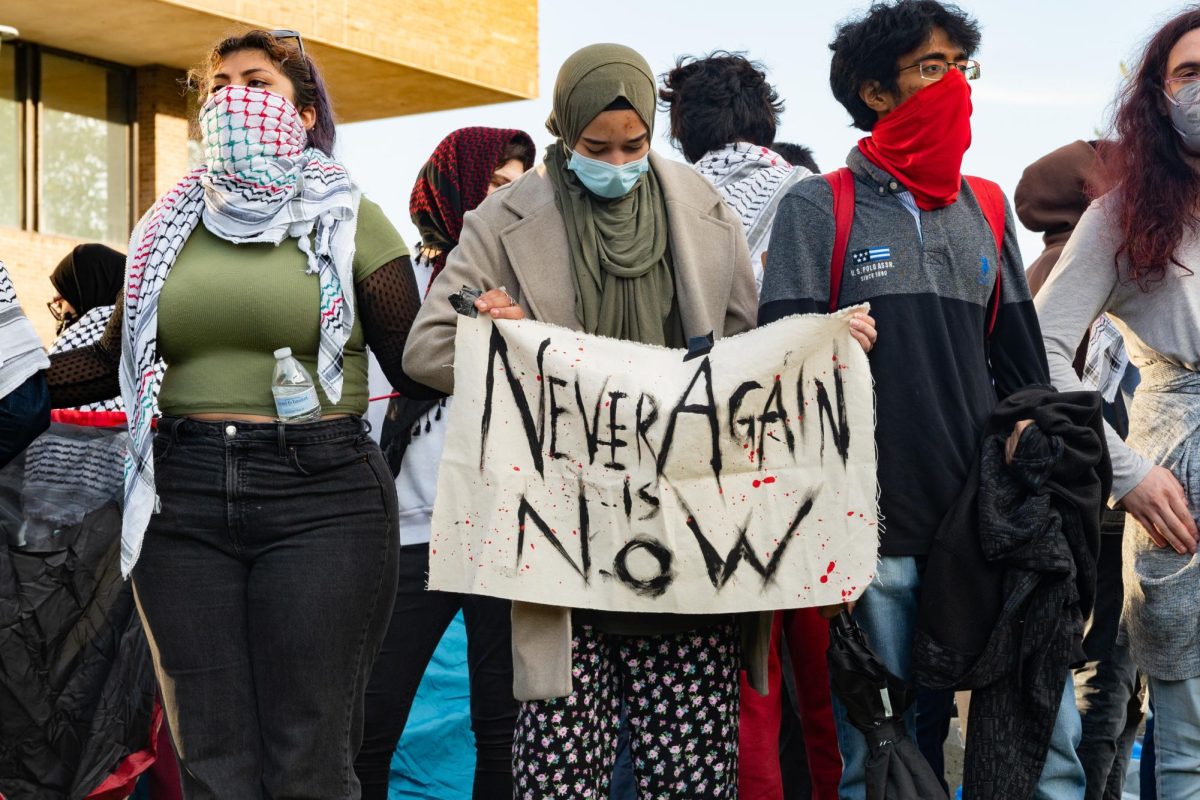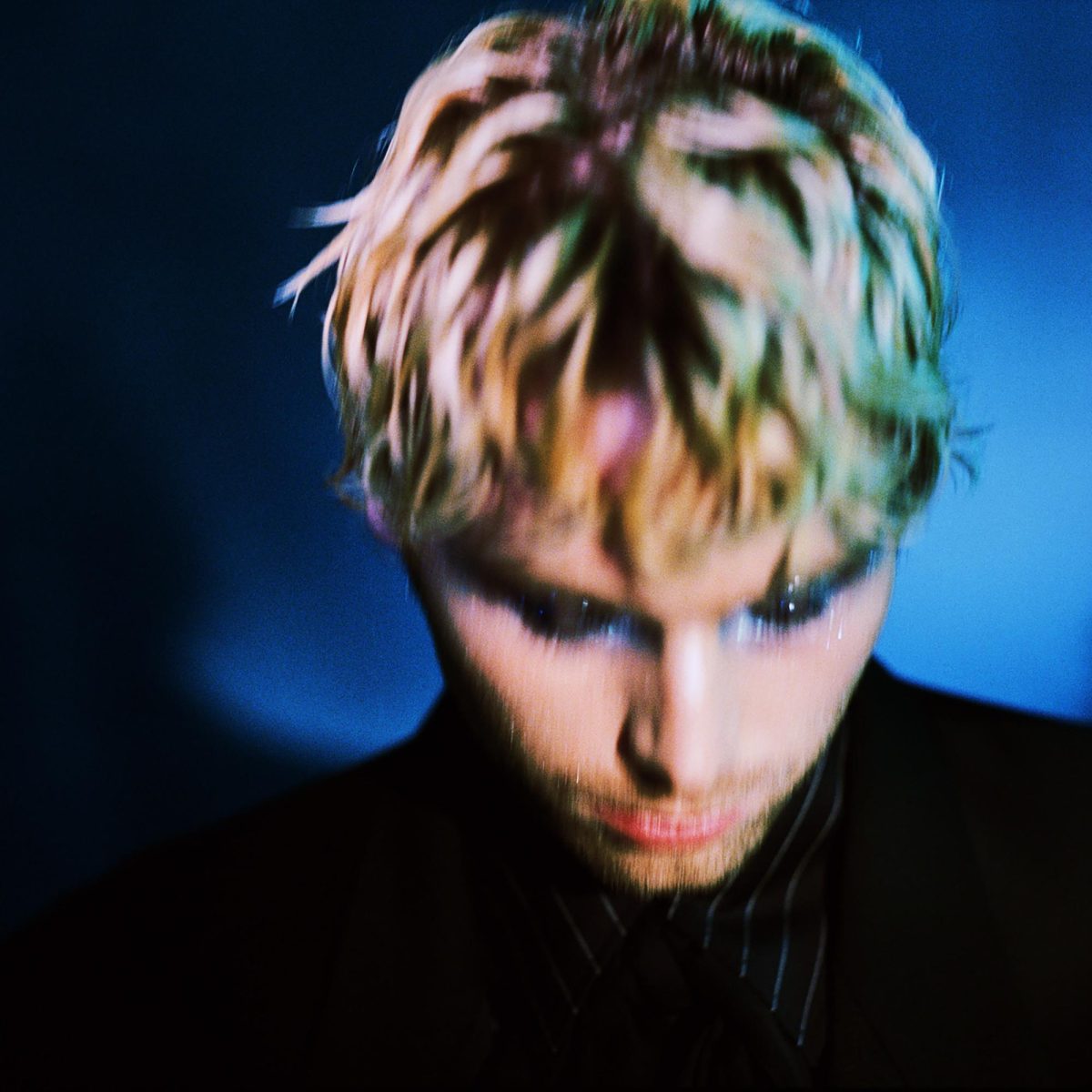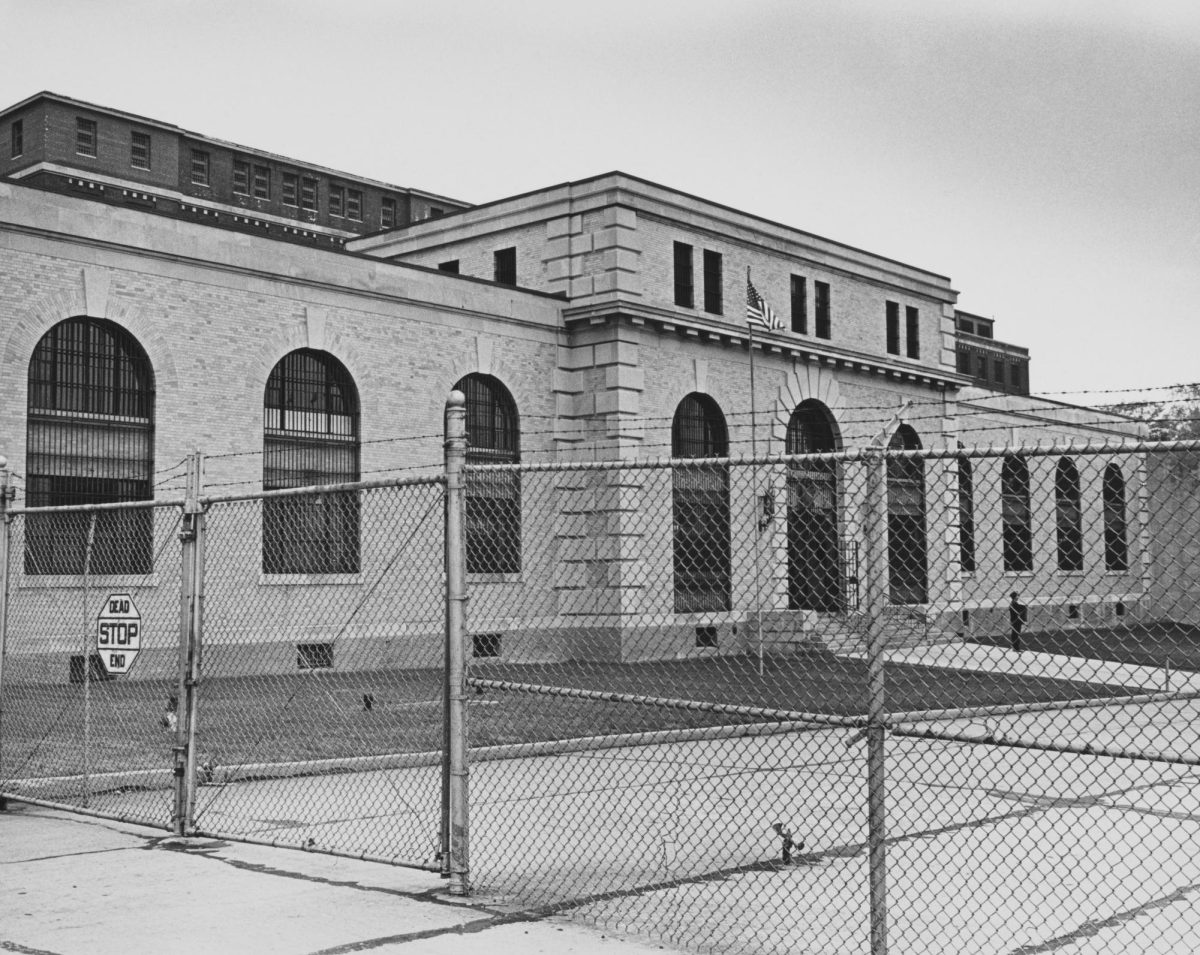With the Democratic and Republican parties scrambling to sway voters as Election Day inches closer, some of the buzz is stirring around the youth vote and how decisive it could be in determining the next president of the United States.
Throughout history candidates have tried to energize the youth vote, only to fall short on Election Day. If Sen. Barack Obama can bring the 18 to 24 age group to the polls, the election of an African-American to the highest seat in the country will not be the only historic event unfolding on Tuesday. Some experts, however, are skeptical. “Voting is a habit typically acquired over time,” said Albert Cover, a political science professor at Stony Brook University. “If young voters do in fact turn out in large numbers that would truly be a very impressive achievement by the Obama campaign.”
The Youth Survey on Politics and Public Service by Harvard University’s Institute of Politics, which surveyed 2,452 18 to 24-year-olds, only saw a three percent rise in youth voters planning on participating in the general elections over a six month period.
In the last two presidential elections, the youth vote stayed well below 50 percent — a stark contrast to the 65-75 age group which has an estimated voter turnout of 70 percent, according to a poll by Pollster.com
Obama is not the first candidate to tackle the youth vote. Sen. George McGovern’s 1972 campaign attempts to energize the youth vote proved unsuccessful. In 2004 Sen. John Kerry also tried to capture the youth vote in hopes of winning the White House. Still, some students believe this year will be different. “The youth of America has a candidate they can actually connect with, as the candidate has taken the time to connect with them,” Alex Nagler, president of the Stony Brook University College Democrats, said about Obama. The club has registered a combined 3,476 voters this year. “Many states have seen an outpouring of new voters, some as high as 30 percent of new 18-30 year old voters in states like the Virginia’s, which are now swing states thanks in part to this fact,” Nagler said.
If younger voters do cast their ballots on Election Day, they are more likely to vote for Obama over Sen. John McCain. The Washington Post predicts Sen. Barack Obama has a 31 percent lead over rival Sen. John McCain among all 18 to 29-year-olds in a recent poll.
There is no guarantee young Americans could sway entire states if they do vote. “Red states tend to create youth that are also red,” said Allison Goldberg, president of Stony Brook University College Republicans.
“In the really conservative states, it’s the conservative or Republican clubs that are the dominating political clubs on college campuses,” she said. Regardless of age, votes in swing states could still change the election’s outcome. For the first time in decades, Republican states such as Virginia are predicted to be swinging towards Obama, according to Electoral-vote.com. The poll shows Obama leading with 51 percent. Ohio, Pennsylvania and Florida could also play a role in the election. “No one has been elected President since 1960 without taking two of these three largest swing states in the Electoral College,” according to a Quinnipiac University article. Obama is leading by a small margin in all three of these states.
A recent poll conducted by CBS News, The Chronicle of Higher Education, and UWIRE, a wire service consisting of student journalists from over 800 colleges, surveyed 25,000 students across four college campuses in the swing states of Pennsylvania, Ohio, North Carolina and Colorado. According to the poll, six in 10 students support Obama.
But experts say the youth vote is too temperamental to call. When asked what can be expected from the youth vote, Stony Brook University political science professor Helmut Norpoth said, “Best to consult the Oracle of Delphi.”










